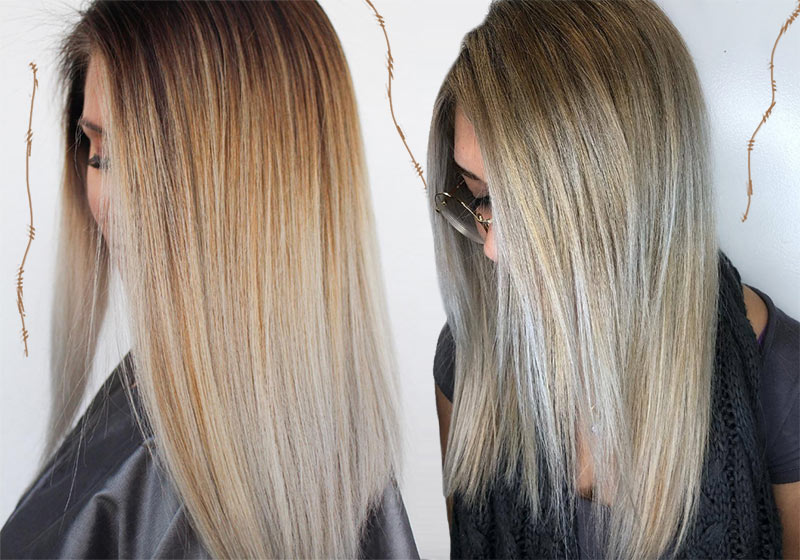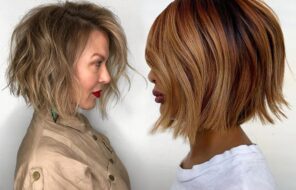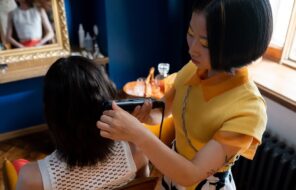Hair rebonding is suspiciously similar to methods known as relaxing your hair in the Black community and Japanese hair straightening in other communities. All of these are a way to chemically straighten your hair long term. Purportedly, the hair rebonding method is safer and newer, but is it really? Or is this another cleverly renamed version making its rounds and costing more money?
Whether you flaunt your hair or hide behind it (no judgement of course, we’ve all done this), everyone has come across the one trend that has been around for a while – straightening your hair. Our crowning glory is center of focus for many people.
No compliment feels as fantastic as one that takes notice of your hair and the work you put into it. For people who regularly straighten their hair, the work can create damage and make it feel like your hair is perpetually dry and damaged simply due to the amount of heat used to straighten it.
Lots of people who have textured or curly hair are waiting no response when it comes to hair rebonding doubts – textured hair is a LOT of work and some people will never really understand how much work it is. Tired arms, sore necks and low patience are often the result of a single straightening session, which takes hours.
If hair rebonding is a safer option for your hair, perhaps it’s not that bad, right? Check out the hair rebonding guide below, and if we didn’t answer a question you have, let us know!
In this article:
- What Is Hair Rebonding?
- Hair Rebonding vs. Hair Relaxing vs. Hair Straightening
- Hair Rebonding Benefits
- What Are the Risks of Hair Rebonding?
- What Is the Process of Hair Rebonding?
- DIY Hair Rebonding at Home
- Hair Rebonding Aftercare
- How Long Will Hair Rebonding Last?
What Is Hair Rebonding and What Does It Do to Your Hair?
Hair rebonding uses a process that involves chemically relaxing your hair. The chemicals break down the bonds that connect the amino acids in your hair. Once the bonds are broken down, they are “rebuilt” in another manner that changes the structure of your natural hair texture.
These bonds bind together the proteins in the patter that gives your hair its curl, zig-zags or waves that make up your hair texture, so by breaking them down you end up with everyday straight hair.
The hair rebonding process uses a relaxant, a neutralizer, a blow dryer, flat iron and milk shampoo. If you have ever had a relaxer or Japanese hair straightening treatment, this all sounds familiar to you quite likely, but we’ll cover the difference a bit further down.
The end result of the hair rebonding process is shiny, smooth hair that will not revert back to its original texture. Once you go through this process, you just have to keep up with your roots.
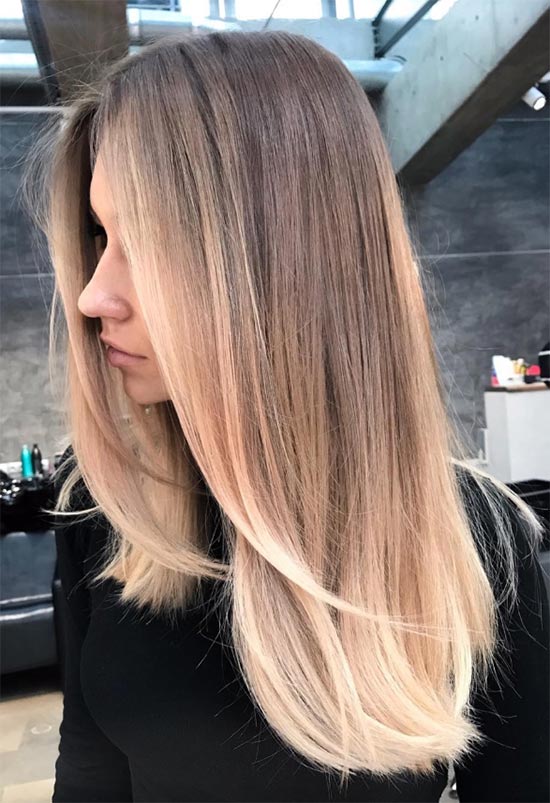
Hair Rebonding vs. Hair Relaxing vs. Hair Straightening
When you want straightened hair, any of the three methods mentioned will provide you with the results you want on a slightly different scale. You face most of the same cons in terms of damage to your hair and the same pro – the long-lasting straightend hair that you want.
Honestly, the most basic explanation of the three different options can be described this way:
- Hair straightening utilizes a blow dryer or flat iron to use heat to temporarily straighten hair, which lasts until the next time you wash it.
- Hair relaxers chemically break down the bonds in your hair that give it texture and shape, permanently straightening the hair strands it is applied to. A neutralizer is used to stop the chemical process, and the hair is conditioned and styled.
- Hair rebonding puts both methods together for a final, smoother, heat-sealed result. Rather than using the heat to style, it is used to apply a keratin treatment to give you the longest-lasting, shiny straight hair possible.
Putting all the methods together produces the longest-lasting results possible. Your hair will look healthier than if you used one of the first two methods independently or spaced out.
By applying the methods in a single treatment, everything you’re looking for – straightened, healthy hair that doesn’t revert back to curly or wavy – is what you have once you leave the salon. The hair rebonding treatment does require additional upkeep, but if the straight hair is worth it to you, you should continue to check out hair rebonding.
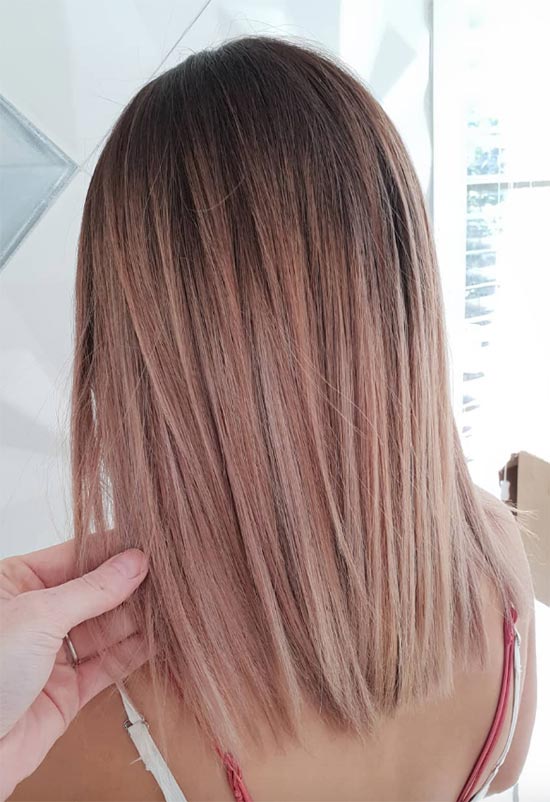
Hair Rebonding Benefits
- The greatest benefit of hair rebonding is getting the results that you endured the process for: straight hair. While the hair that is treated is permanently straightened, you do have to continue to get your roots treated, as this process doesn’t affect the hair that has not yet grown out of your scalp, of course.
- The manageability of straight hair is clearly the other benefit. You won’t be prone to frizz, your hair will not recurl, and you won’t have to put excessive amounts of heat in your hair to maintain the straightness of it.
- Another benefit of the hair rebonding process is that the process can be relaxing, especially if you enjoy spending a few hours at the salon or go to a full-service salon and enjoy getting your nails done as well.
- The health of your hair can actually be improved by a hair rebonding treatment, though this is not always the case.
What Are the Risks of Hair Rebonding?
Very few things are 100% positive, so although there are a few benefits, the risks of hair rebonding should be given fair consideration. Most of the really serious downsides only occur when the hair rebonding treatment is not performed perfectly or maintained as directed. Here is the full list of hair rebonding downsides:
- As a chemical process, hair rebonding can cause hair breakage. The treatment utilizes chemicals and a significant amount of heat applied during the process.
- Hair loss is also a very big possibility because of the afore-mentioned aspects of the treatment.
- During the hair rebonding treatment, the flat iron is used on high heat to effectively seal in the treatment. The iron may burn your hair, and it is also possible for your scalp to be burned as well.
- The hair rebonding process can be expensive, especially considering maintenance. Hot oil treatments are a necessity and touching up the new roots is also important. Poor maintenance of your roots can lead to more breakage.
- At-home maintenance is methodical in order to maintain the health of your hair. It is best to use the products recommended by your stylists, and those never come cheap and often have to be used in specific order.
- Hair rebonding, like all methods that change the texture of your hair can cause permanent damage if the process is not performed correctly. Just because your hair is straight afterwards and the time commitment to maintaining beautiful healthy hair is lower doesn’t mean it can be shirked altogether.
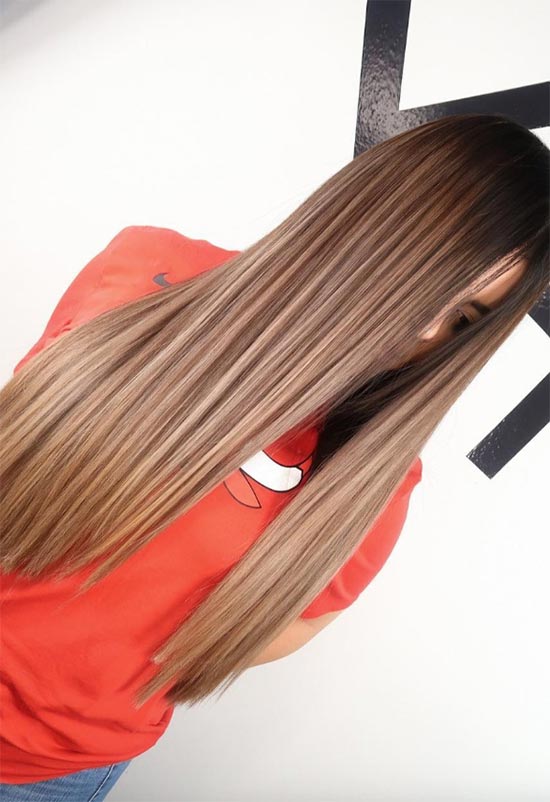
What Is the Process of Hair Rebonding?
The process of hair rebonding can take up your whole day. Hair rebonding can take anywhere from 3 hours to 10+ depending on the length and thickness of your hair. The process has multiple steps, each important, some taking a half an hour per step. The full process is listed below.
- Your hair is washed with a mild cleanser, but not conditioned.
- Your hair is typically blow-dried, but the stylist can leave your hair to air-dry.
- Once your hair is dry, your stylist will divide your hair into workable sections based on the natural thickness and texture of your hair.
- A “relaxant” (the chemical) is applied to your hair while it is kept straight on thin plastic boards. The chemicals are supposed to be applied evenly, coating each strand.
- The relaxant is left on for anywhere from 30 to 45 minutes depending on the needs for your hair type.
- Your hair will then be steamed for 10-40 minutes depending on your hair type.
- Your stylist will wash and dry your hair.
- Your hair will get the keratin lotion applied next, and then your stylist will use a ceramic flat iron to straighten your hair. The flat iron will be heated to 180°C.
- Your stylist will apply a neutralizer in order to secure the bonds in your hair and they will leave this on for 30 minutes.
- After your timer goes off, the neutralizer will be rinsed out with cold water. The temperature of the water will help close the hair cuticle.
- After all of this, your hair will be blow-dried once again, a hair serum will be applied, and the flat iron will be passed over your strands one more time.
- You’ll get the maintenance instructions and hopefully the products to maintain your hair. Be very careful to follow them to the letter.
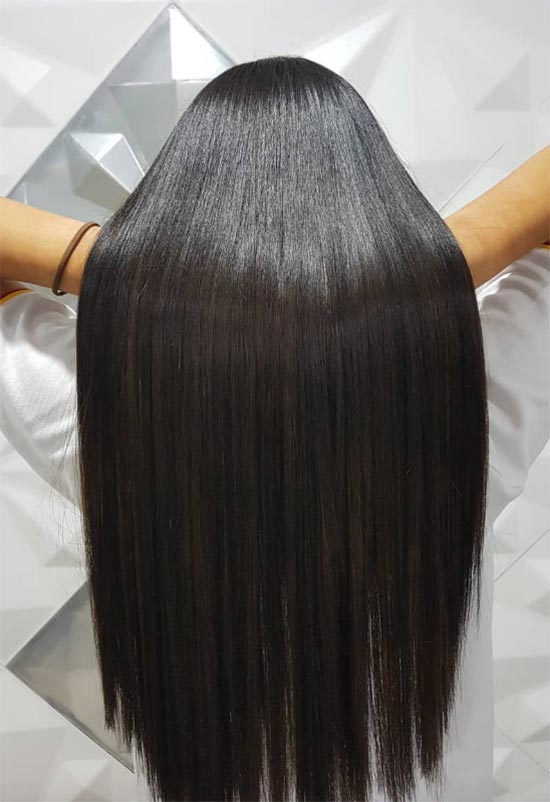
DIY Hair Rebonding at Home
There will always be a talented hand that can take care of the hair rebonding process at home. If you are the DIY type, you can follow along with the steps above with the help of a hair rebonding kit and careful attention to the steps.
A process like this is very similar to cooking – it is important to follow all the steps, to have a good timer and to know your hair. The steps will not be very different from what is listed above, but here are a few tips to help you out.
- Use gloves when applying the chemicals to your hair.
- Use a wide tooth comb during the hair rebonding process and after.
- For step 6, if you do not have a hair steamer, boil a pot of water and dip a towel in it. Put on gloves to protect your hands and quickly wring the excess water out. Then wrap the hot towel around your hair. Let it stay on until it gets cool.
- Follow the directions and don’t short yourself on time – this process requires a time commitment, so be diligent.
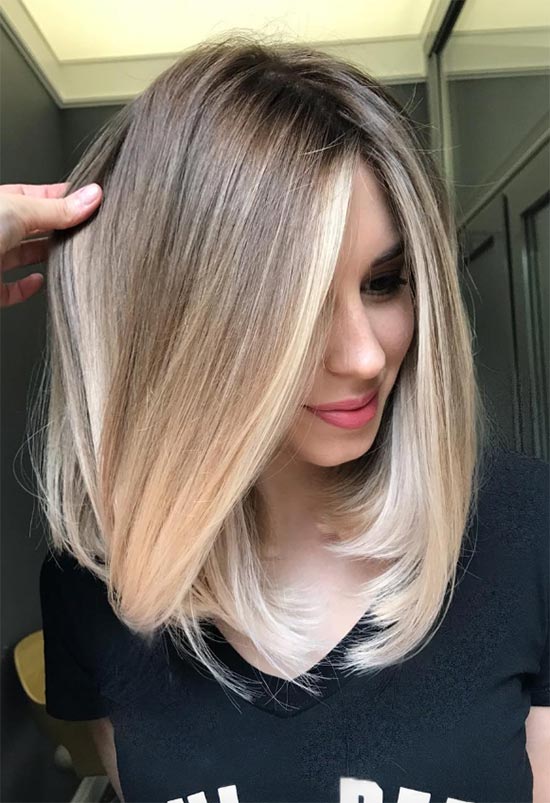
Hair Rebonding Aftercare
The best way to go about aftercare for your hair post hair rebonding is to have a conversation with your stylist prior to getting the treatment done. If you explain to them your typical hair care routine, they can suggest the differences in a way that is easier for you to relate to.
- As soon as you can, post procedure, do a deep conditioning protein treatment to keep your hair shiny and smooth.
- Get familiar with hair serums and hot oil treatments to maintain the integrity and health of your hair.
- Every four months to six months, schedule to get your next treatment in order to maintain your look.
- Always perform your final rinse with cold water to close the cuticles on your hair.
- Detangle with a wide-tooth comb for less stress on your strands.
- Do not wash your hair for a minimum of 72 hours post the hair rebonding treatment. Don’t even get it wet.
- Don’t even sweat for 72 hours.
- Use the products recommended by your stylist, which should be gentle, designed for chemically treated hair.
- Make certain to deep condition approximately once per week.
- If you get caught in the rain, use a gentle shampoo and conditioner to make certain to remove pollutants.
- Post your hair rebonding treatment, don’t do anything to bend your hair. Don’t put it in a ponytail, don’t style with clips or claws.
- Hold off on any styling with heated tools and don’t even use a blow-dryer.
- Try not to color your hair in any way for at least two months post treatment.
- Don’t use shampoo until the second week.
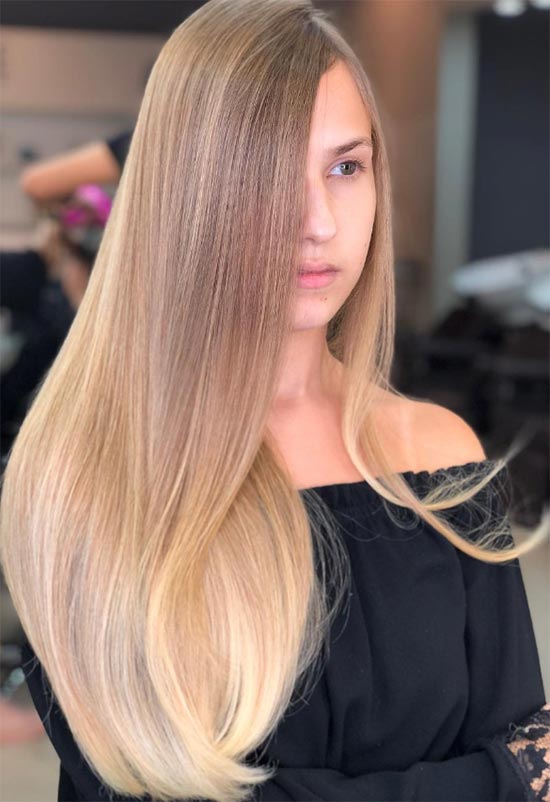
How Long Will Hair Rebonding Last?
Post the hair rebonding treatment, your treated hair will never revert back to its original texture. You’ll have silky straight, smooth hair from root to tip until new roots grow in, which will then need to be treated.
After getting your hair rebonded, the biggest thing is protecting the health of your hair. Split ends will need to be trimmed quickly before they ruin your frizz-free hair. A touch-up is just for the new growth that emerged from your scalp in its virgin condition.
If you are interested to know the best hair rebonding price in your town, your best bet is to call around or look for a DIY kit to tackle this yourself. The process has just begun to really catch on and it is spreading very quickly, but as with any new trend the professionals are still testing the waters on what they can charge.
Photos via @kayluhskolors, @hairbyirisreams, Instagram

